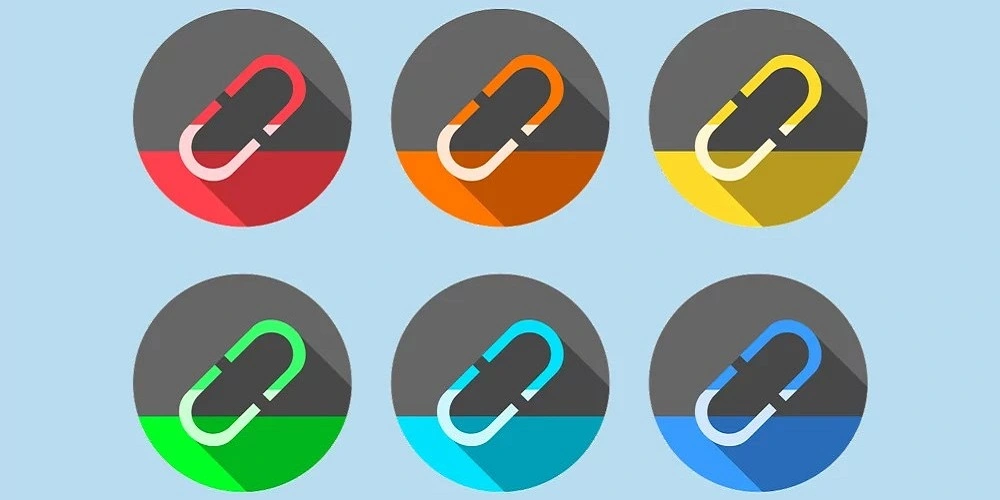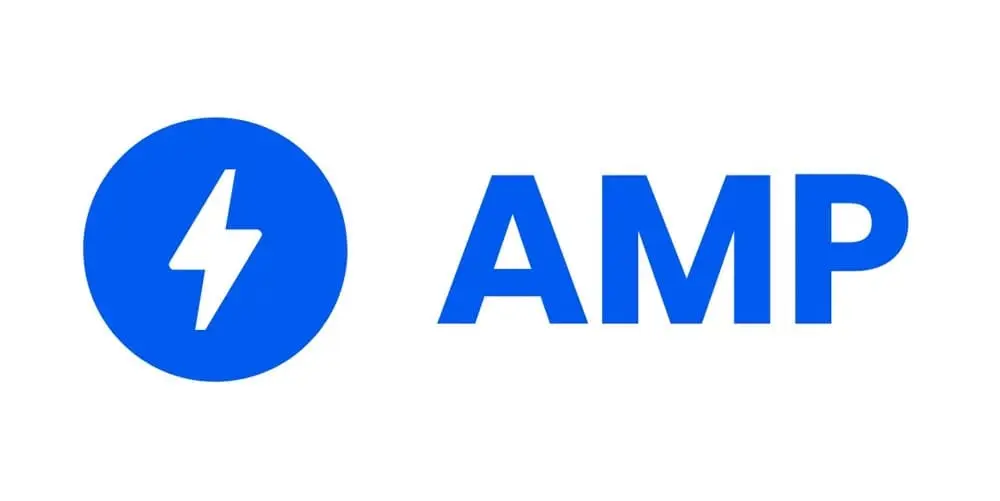What is a Backlink?

Content
The digital world is all about connectivity, and in the SEO (Search Engine Optimization) ecosystem, nothing embodies this idea better than backlinks. These links play an essential role in a website’s ranking, and their importance should not be underestimated.
Definition: what is a backlink?
A backlink, also known as an “inbound link”, is essentially a link from another website to yours. It’s a vote of confidence in the digital world. The more backlinks you have from relevant, quality websites, the more trustworthy your site is in the eyes of the search engines. For example, if a well-known blog in the digital marketing sector links to your article, it’s a sign that your content is valuable and relevant.
In the early days of the web, the number of pages was limited and search engines primarily used content to rank sites. However, as the web grew exponentially, Google and other search engines began to look at backlinks as a way of determining a page’s credibility and relevance. That’s when backlinks began to take on greater importance in SEO.
Over time, the importance of backlinks has evolved. In the 2000s, for example, the quantity of backlinks was paramount. But with algorithm updates such as Penguin, Google began to value the quality of backlinks over their number. As a result, backlinking strategy shifted from a race for volume to a quest for relevance and quality.
What does a backlink look like? Simply put, a backlink is a clickable hypertext link embedded in a text, image or other element of a web page. If you click on it, you’ll be redirected to the destination page to which it links.
Let’s take a few examples: a backlink can be a text link with the anchor “SEO best practices” leading to a detailed article on the subject. Or it could be an image representing an infographic which, when clicked, links to the infographic’s original page. There are several types of backlinks, such as “dofollow” backlinks, which transmit “SEO juice”, and “nofollow” backlinks, which do so to a lesser extent. Understanding these differences is essential to optimizing your backlinking strategy.
What are the main elements of a backlink?
Every link on the web, like a coin, has two sides. If we’re talking about backlinks, these sides are the source of the link and the destination. But a backlink is much more than a simple connection between two web pages. It’s made up of several elements, each with its own specific importance in terms of SEO.
A backlink generally consists of the following elements:
- Source URL: The web address from which the backlink originates.
- Destination URL: The web address to which the backlink points.
- Anchor text: Visible, clickable text, often in blue and underlined, containing the link. It often gives an idea of the content of the destination page.
- Attribute: Defines the nature of the link, for example whether it is “dofollow” or “nofollow”.
Each of these elements has its own importance. The anchor link, for example, plays a crucial role in giving search engines a clue to the content of the destination page. The source URL, on the other hand, can add value to the landing page if it comes from a high-authority site.
The “nofollow” attribute of a backlink
The “nofollow” attribute is an indication given to search engines not to take a backlink into account when calculating a page’s ranking. In plain English, a “nofollow” backlink does not transmit the “SEO juice” of the source page to the destination page.
This attribute is generally used in contexts where webmasters do not wish to endorse the link, for example in the case of blog comments or advertisements. It’s a way of telling search engines: “I refer to this link, but I don’t necessarily approve or trust it”.
The importance of backlink location
Not all backlinks are the same, and their location on a web page can greatly influence their SEO value. A backlink originating from the main content of a page, surrounded by relevant text, is generally considered more valuable than a link located in the footer or sidebar.
What’s more, a backlink from a relevant page with quality content carries more weight than a link from a less relevant page. The position of a backlink on the page, its contextual relevance and the quality of the surrounding content are all factors that can influence how search engines assess its value.
The importance of backlinks in SEO
Making their way through the complex web that is the Internet, backlinks have become of paramount importance when it comes to SEO. But why are they so important? They are votes of confidence, recommendations that your site receives from other websites. The more of them you have, especially if they come from credible sources, the better your chances of ranking well in the search engines.
Since its inception, Google has sought to determine which pages are most relevant and useful to users. To do this, it uses backlinks as an indicator of popularity and relevance. Think of each backlink as a vote of confidence for your site.
This is where the concept of “PageRank” comes in. PageRank is an algorithm used by Google to evaluate the popularity and importance of a page based on the number and quality of links pointing to it. It’s not just about the quantity, but also the quality of the backlinks. One link from a site with high authority is worth more than a multitude of links from less reputable sites.
Linkjuice
Have you ever wondered how the SEO value of one site is transmitted to another via a backlink? That’s where the concept of “Linkjuice” comes in. Essentially, it’s the SEO value transferred from one web page to another via a backlink.
To simplify, imagine “Linkjuice” as water flowing through pipes (links) between containers (websites). The freer the water flows, the fuller the container. That’s why “dofollow” backlinks are so valuable: they allow this “juice” to flow freely. On the other hand, if a link is “nofollow”, it interrupts the flow, preventing the transfer of this value.
Natural or artificial backlinks
Natural backlinks are those obtained without any particular effort on the part of the site owner. For example, if a blogger finds your article useful and refers to it, this is a natural backlink. Artificial backlinks, on the other hand, are those that are deliberately created, often with the aim of manipulating search engine rankings.
Google and other search engines prefer natural backlinks, as they generally indicate quality content deemed useful by others. Artificial backlinks, on the other hand, can be the result of “black hat” SEO tactics, such as link buying, which can result in penalties for your site. At the end of the day, quality always wins out over quantity, and one good natural backlink is better than many artificial ones.
Backlink acquisition strategies and techniques
Backlinks have always been the backbone of any solid SEO strategy. Yet acquiring them can seem like a minefield to novices. Let’s delve into the vast universe of backlink acquisition strategies.
The concept of netlinking
At the heart of backlinking strategies lies the concept of netlinking. Netlinking refers to the establishment of a network of links pointing to your website, reinforcing its authority in the eyes of search engines. In an ever-changing SEO landscape, a well thought-out netlinking strategy can propel your site to the top of the SERPs.
Publish guest blog posts
Guest-blogging is a proven method of obtaining quality backlinks. It involves writing articles for other sites or blogs in exchange for a link to your site. However, choose your platforms carefully and make sure the content is relevant and of high quality.
Creating links from directories and forums
Directories and forums can be used as sources of backlinks. However, spamming or posting irrelevant links can damage your reputation. Make sure that every link you create adds value to the conversation.
Obtaining links through partnerships and suppliers
Partnerships and supplier relationships can open up new avenues for obtaining backlinks. For example, if a supplier mentions your company on their website, this can be used as a backlink.
Use social networks
Social networks, while generally offering “nofollow” backlinks, can nonetheless generate traffic to your site. Share quality content and engage with your audience to maximize impact.
Comments on blogs and online press articles
Leaving thoughtful, relevant comments on other blogs or articles can also generate backlinks. However, avoid spam and focus on added value.
The potential and risks of PBN
PBN (Private Blog Networks) are groups of sites created specifically to generate backlinks. Although tempting, they carry significant risks, not least that of being penalized by search engines.
Tools and resources for checking backlinks
There are a number of tools, such as Ahrefs or SEMrush, that can be used to check your backlinks. These tools offer detailed analysis and can help identify potentially harmful links.
Optimized link profile: dos and don’ts
Optimizing your link profile is essential. Make sure you balance quality and quantity, and avoid “black hat” SEO tactics that can lead to penalties.
Frequently asked questions
Backlinks work like “votes” or recommendations from one website to another. When a website backlinks to yours, it tells search engines that your content is valuable and worth referencing. The more relevant and high-quality the backlinks, the more authoritative the search engines consider your site to be, which can improve your ranking in the search results.
Generating backlinks requires a strategy. You can obtain backlinks by creating quality content that other sites want to reference, by establishing partnerships with other sites, by guest-blogging, by using social networks, by commenting on relevant blogs, or even by using more advanced strategies such as PBN (although they do entail risks).
A backlink is a link from another website to yours. It’s beneficial because it can increase your site’s visibility, improve your authority in the eyes of search engines and drive traffic to your site. A good backlink from a high-authority site can considerably improve your SEO ranking.


